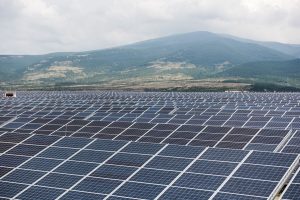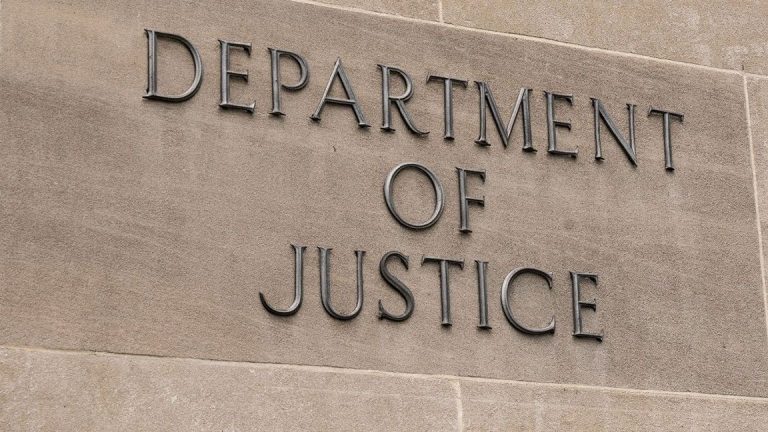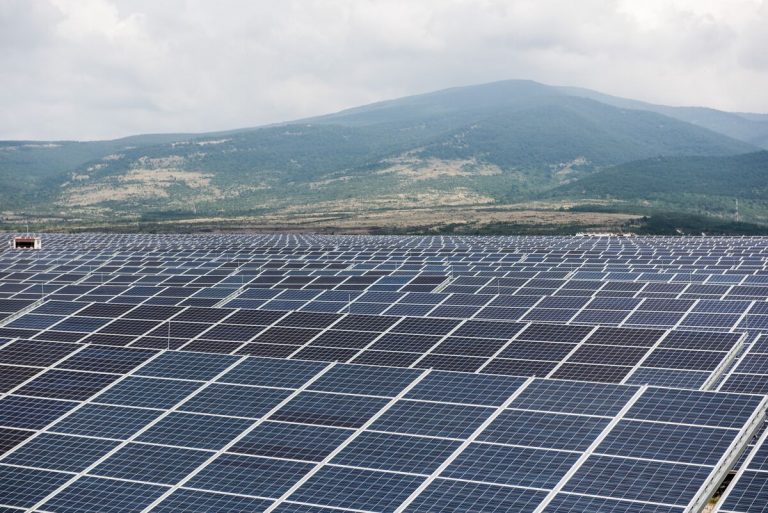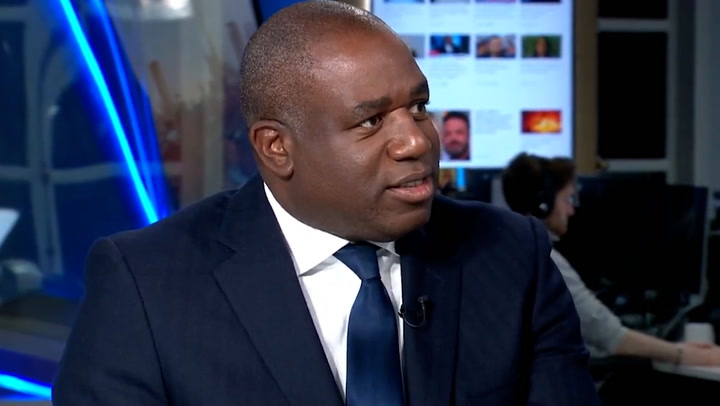
Meta-description: Lithium Ecosystem, a new blockchain powered by renewable energy, completes 50% of its pre-sale, raising $1 million. With an audit score of 100/100, limited supply of 20M tokens, and a planned token burn, Lithium aims for a future price of $20.
With its AUDIT SCORE OF 100 OUT OF 100, its legal registration as an established company in the US, its waived contract, and its limited supply of only 20M TOKENS, it positions itself among the scarcest tokens in the market. The Lithium Ecosystem has managed to complete 50% of its pre-sale, which amounts to a fundraising of $1,000,000.
Its founders are very active on Twitter and provide constant information about the project, promoting it daily and ensuring an excellent launch by completing its pre-sale of $2,000,000 in the coming days.
Lithium Ecosystem is essentially a new blockchain network powered by renewable energy that will have various utilities such as large-scale P2P trading, Bitcoin mining, and industrial lithium mining with eco-friendly energy, the sale of GPUs developed by the team to execute this mining, staking in BNB at a daily rate of 1.5% exclusively for pre-sale investors, and much more within the same ecosystem.
-
The pre-sale currently costs $0.2 per token.
-
The launch will be at a price of $1.5.
-
Tokens can only be purchased from the official pre-sale page using BNB exclusively: https://lithiumecosystem.com/
-
All project information can be found here: https://lithiums-organization.gitbook.io/lithium-ecosystem-whitepaper
-
You can join the community here: https://t.me/lithiumecosystem
-
Twitter Official: https://x.com/Lithiumeco
-
Audit Score 100/100: https://blocksafu.com/audit/0x6bF54B1a2FA66161dF3c9997708B2361715AACf6
Lithium #LTM presents itself as a future altcoin inspired by the Solana, Ethereum, and BNB ecosystems, aiming for a future price above $20 due to its limited supply of only 20M tokens. They also remind that they will burn 30%, which will reduce the circulating tokens to only 14,000,000. The team invites you to do your calculations and see that a price of $20 in the future is entirely possible.
Disclaimer: This is a sponsored press release and is for informational purposes only. It does not reflect the views of Crypto Daily, nor is it intended to be used as legal, tax, investment, or financial advice.





















+ There are no comments
Add yours